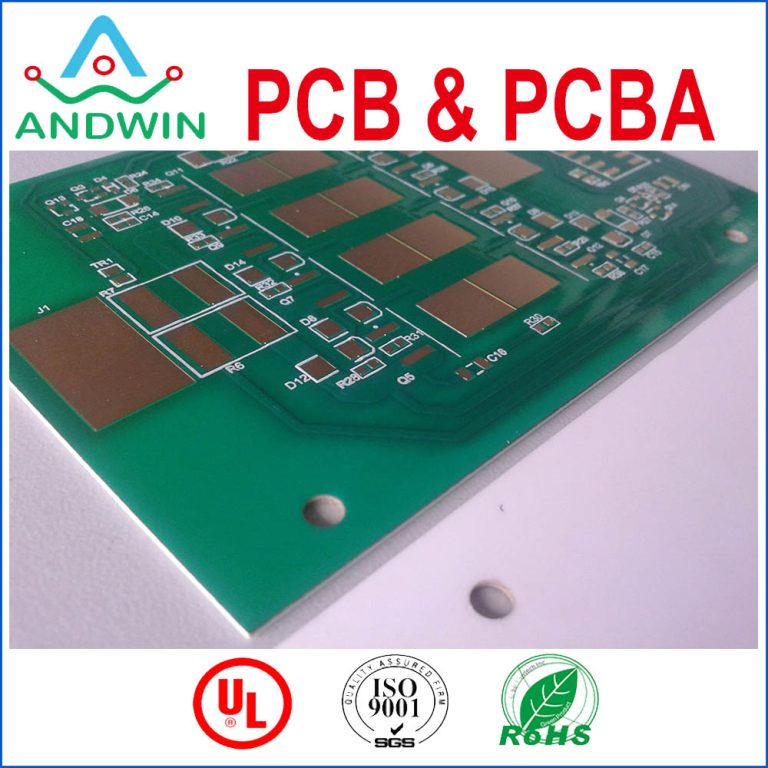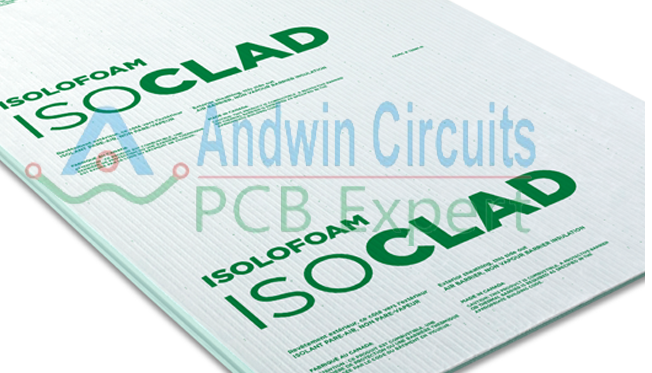Aluminum case and pcb
An aluminum case is a type of computer case made from aluminum material.
It is known for its durability, lightweight, and excellent heat dissipation properties.

Aluminum cases are commonly used in high-end computer builds due to their superior quality and aesthetic appeal.
A PCB (Printed Circuit Board) is a board made of insulating material,
such as fiberglass or plastic, with conductive pathways etched onto its surface.
It is used to mechanically support and electrically connect electronic components using conductive pathways, tracks, and traces.
PCBs are commonly used in electronic devices such as computers, smartphones, and televisions.

types of aluminum case and pcb
Types of Aluminum Cases:
1. Full Tower Case: A large-sized case that can accommodate multiple components and has ample space for cooling systems.
2. Mid-Tower Case: A medium-sized case that can accommodate most components and is suitable for most builds.
3. Mini-Tower Case: A small-sized case that is suitable for compact builds and has limited space for components.
4. HTPC Case: A case designed for home theater PCs that are compact and can fit in a living room entertainment center.
5. Open-Air Case: A case that has an open design and is suitable for custom water-cooling systems.

Types of PCBs:
1. Single-Sided PCB: A PCB with components and traces on one side of the board.
2. Double-Sided PCB: A PCB with components and traces on both sides of the board.
3. Multi-Layer PCB: A PCB with multiple layers of conductive material and insulating material to accommodate more components.
4. Rigid PCB: A PCB made of rigid material such as fiberglass or plastic.
5. Flexible PCB: A PCB made of flexible material such as polyimide that can bend and conform to different shapes.







